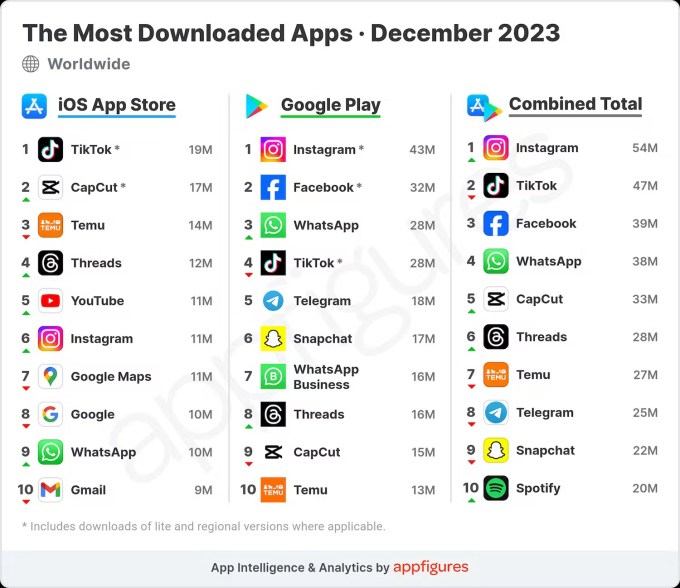
The total number of monthly active crypto developers fell 25% year-over-year in 2023, but those who have been in the space long-term showed more resilience than before, according to a new developer report by Electric Capital.
Developers with more than two years of experience in crypto are at an all-time high after reaching 51% annualized growth over the past five years, according to the report. And developers who have been in crypto for at least one year grew 15% year-over-year and comprise 63% of all monthly active developers.
“Very quantitatively [long-term developers] matter because about 75% of code commits are written by developers who have been in crypto for over a year,” Maria Shen, general partner at Electric Capital, told TechCrunch+. “But there’s a clear qualitative reason as well. You want people in the industry to stick around. When you see devs stick around decorrelated from prices, there’s something fundamentally here that keeps them in the space.”
The number of developers working in crypto has matched what Shen has experienced since entering the space in 2018. “You have periods of frothiness, insanity, and a lot of people come in and leave, but through it all there’s a core group of people who stay through the mania.”
Meanwhile, so-called newcomers — developers who were in the crypto ecosystem for less than 12 months — dropped 53% year-over-year in 2023. “Newcomers are very correlated with prices,” Shen said. “Prices go up, more developers come, prices go down and more developers leave.”
But the reason why crypto has been able to grow, expand and push forward is because of a “devoted segment of developers that stick around, that are completely separate from the volatility in crypto,” Shen said.
The report focuses on “open source developers,” who push code to contribute to the crypto ecosystem, whether it’s a protocol, application, developer tool or other medium. This means engineers at places like Coinbase, a number of gaming companies and other private entities that have their own closed source code are not counted in the report, Shen said.
Closed source code is usually proprietary to a business so the public cannot view, vet or amend it. However, with the decentralized ethos of many crypto projects, there’s a desire to share code publicly for the benefit of the ecosystem so developers and other builders can use or try to improve the code.
As open source codes are often collaborative, there’s also a similar growth in the multichain world where builders are creating tools or applications that can work across multiple blockchains. “It’s a maturation of the space,” Shen said. “People used to build for specific chains; now they build for users and use cases and you see that trend growing over time.”
In 2023, the number of developers who supported three or more chains hit an all-time high. Around 30% of monthly active devs by the end of 2023 support more than one chain, which is up 10x from 3% in 2015.
“Crypto is very clearly multichain,” Shen said. “At this point, it’s pretty clear that [multichain] is not a fad or trend but looks like it’s here to stay.”
To be fair, for newcomers, the crypto space can be daunting and a “noisy” industry given there’s so much jargon, a handful of coding languages that are most popular, and hundreds of sectors and ecosystems to be explored. But there are only so many resources out there. “The barrier to entry for someone new in crypto is actually still quite high,” Shen said.
It’s also worth noting that crypto’s builder ecosystem is continuing to be distributed globally as 74% of developers are outside of North America, Shen said. As a result, the share of U.S. developers in the space is decreasing again. According to the report, the U.S.’s share of blockchain developers fell to 24% last year, down from 40% in 2017. This is also a decline of 5% from 2022.
The US is losing crypto talent as blockchain devs seek safer havens
There’s a circular benefit to developers sticking around in crypto: As they stay and build more, more users are engaged and more use cases supported. “That’s why developers are so important. They create applications that bring in users and developer tooling that make it easier for new developers.”
The progression and growth of crypto naturally occurs, Shen said. As crypto expanded from its early days to 2018 to today, there’s applications and use cases like DeFi, stablecoins and NFTs that some people use every day.
“The world has shifted and progressed for crypto and that is thanks to engineers, developers, and everyone in the space who are building,” Shen said. “The more people build in crypto, people will poke their heads in and see that and find a reason to stay.”


